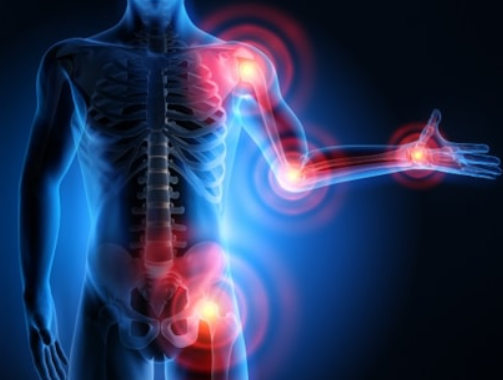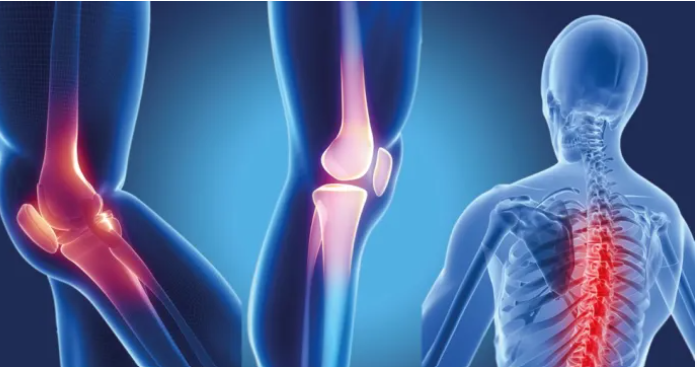Rheumatism refers to chronic pain, stiffness, swelling, or inflammation in the joints, muscles, or surrounding structures, often leading to reduced mobility.

The causes of rheumatism:
1. Autoimmune & Immune System Disorders
The body’s immune system mistakenly attacks its own tissues:
- Rheumatoid arthritis – immune attack on joint lining (synovium)
- Systemic lupus erythematosus (SLE) – immune attack on joints, skin, kidneys, etc.
- Scleroderma, Sjögren’s syndrome, vasculitis
2. Degenerative / Mechanical Causes
- Osteoarthritis – gradual wear-and-tear of cartilage with aging or overuse
- Joint injuries or repetitive strain
3. Metabolic Causes
- Gout – buildup of uric acid crystals in joints
- Pseudogout – calcium crystal deposits
4. Genetic Predisposition
- Family history increases risk for many autoimmune rheumatic diseases
- Certain genes (e.g., HLA-B27) linked to ankylosing spondylitis
5. Infections & Post-infectious Reactions
- Certain bacteria/viruses can trigger immune reactions → reactive arthritis
- Streptococcal infection can cause rheumatic fever
6. Lifestyle & Environmental Factors (Triggers)
- Smoking → increases risk of rheumatoid arthritis
- Obesity → worsens osteoarthritis
- Cold, damp climates → can worsen symptoms (not a direct cause, but a trigger)
- Stress and poor diet may also influence disease flare-ups
the symptoms of rheumatism:
General Symptoms (common to many rheumatic conditions)
- Joint pain (aching or sharp)
- Stiffness, often worse in the morning or after rest
- Swelling and warmth in affected joints
- Reduced mobility or limited range of motion
- Fatigue and weakness
- Tenderness when pressing the joint or muscle
- Pain that may worsen with movement or at night
Specific Symptoms by Type
- Rheumatoid arthritis (RA)
- Symmetrical joint pain (both sides of the body)
- Swelling in small joints (fingers, wrists, ankles)
- Deformities in advanced cases
- Osteoarthritis
- Pain worsens with use, relieved by rest
- Crunching sound (crepitus) in joints
- Bony growths (nodes on fingers)
- Gout
- Sudden, severe joint pain (especially big toe)
- Redness, swelling, and heat in affected joint
- Fibromyalgia
- Widespread muscle pain and tenderness
- Sleep problems, headaches, fatigue
- “Brain fog” (difficulty concentrating)
- Lupus (SLE)
- Joint pain with skin rashes (butterfly-shaped rash on face)
- Fatigue, fever, and sometimes kidney/organ involvement
Systemic Symptoms (in some autoimmune rheumatic diseases)
- Low-grade fever
- Weight loss
- Skin rashes
- Eye or mouth dryness (Sjögren’s syndrome)

